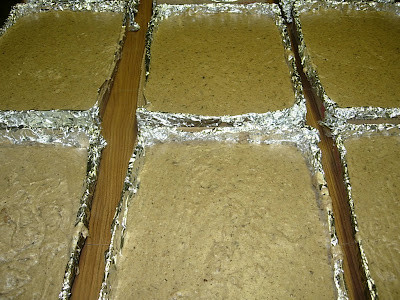I spent last night sweating it out in the wonderful humidity that St. Louis is known for... All to see the FREE Sheryl Crowe concert down at the arch. And I have to say, she put on a great show! I wore as few clothes as possible and it wasn't all that bad, really. After the sun went down, there was a big reprieve from the stickiness.
The concert was a part of the many All Star festivities that are happening in town this weekend, all leading up to the MLB All Star Game on Tuesday evening. MLB donated $1 million to Stand Up To Cancer, so Sheryl, along with Elvis Costello, kindly gave a free performance to all of us St. Louis residents.
I decided to ride the metro down to meet my girlfriends and I was expecting it to be super crowded. I mean, all these people had to get there somehow...
 But surprisingly, I got a seat and everything! Not sure how all these folks got downtown, but apparently it wasn't by metro.
But surprisingly, I got a seat and everything! Not sure how all these folks got downtown, but apparently it wasn't by metro.
The stage was setup just above the arch steps overlooking the river.


Since I just had my point and shoot...and since we weren't that close to the stage, the best I could do was get a picture of Sheryl on the big screen....
 She seems like a down to earth, nice person. But I guess that would be true...she is from MO you know!
She seems like a down to earth, nice person. But I guess that would be true...she is from MO you know!
I was telling my friend Kara we do all these things together all the time--not to mention sit right next to each other at work every day--and I don't have a single picture of the two of us together. Well, that's changed now!
 I was obviously warm in this picture. Notice the nice pink hue to my skin. I know, lovely. After Sheryl and Elvis did two encores, they shot off some fireworks too. It was really a nice event...you know, for free and all. And I do like Sheryl's music. I have her latest CD, in fact.
I was obviously warm in this picture. Notice the nice pink hue to my skin. I know, lovely. After Sheryl and Elvis did two encores, they shot off some fireworks too. It was really a nice event...you know, for free and all. And I do like Sheryl's music. I have her latest CD, in fact.
And the perfect ending to the evening? On my way back home I stopped at Fritz's (right before they closed...whew!) for some frozen custard. No better way to cool off from a humid evening...
Read more...































